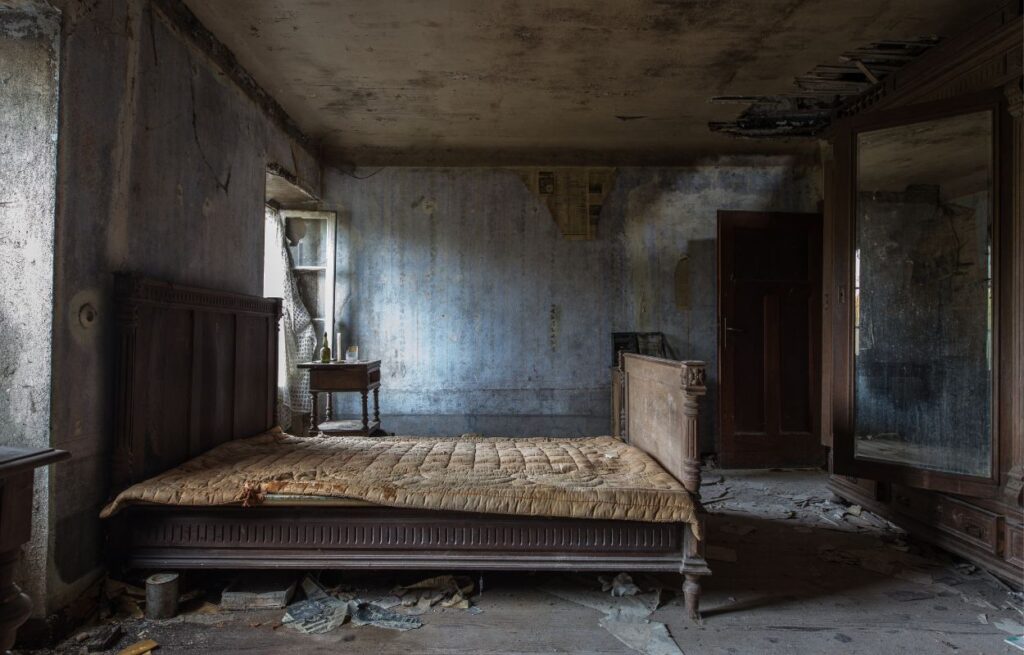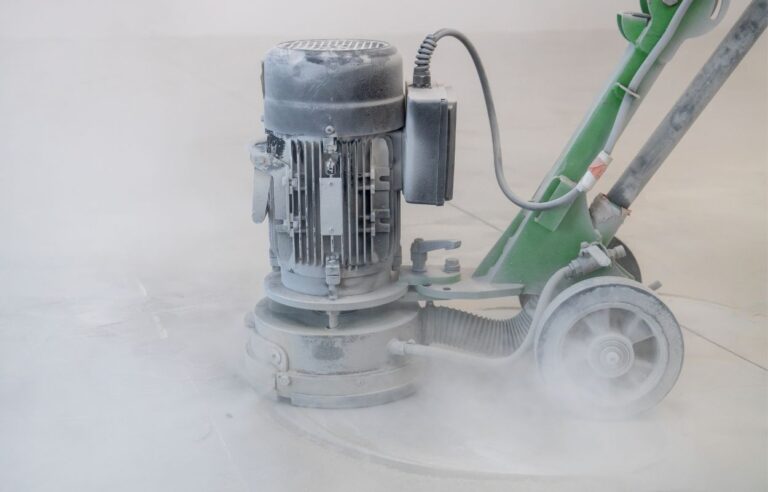When a fire rips through a home, the destruction it leaves behind can feel overwhelming. You walk into the space, and suddenly everything feels ruined. The smell of smoke, the black soot, the charred walls—it’s heartbreaking. But here’s the thing most people don’t realize: not everything is lost. In fact, fire behaves in very specific ways. Some things get completely destroyed, while others survive, often in surprisingly good shape.
If you’re dealing with the aftermath of a fire or just want to know what really happens in one, this guide will walk you through the real story. Let’s talk about what fire actually destroys, what might still be salvageable, and how fire remediation in Port Alberni can help bring your space back to life.
FIRE DOESN’T BURN EVERYTHING THE SAME WAY
This might surprise you, but fire is weirdly selective. It doesn’t burn every single thing in its path equally. While some items get completely incinerated, others might only suffer from heat, smoke, or water damage.
Fires burn in patterns. The heat rises, so ceilings usually take the worst hit. Items closer to the floor may escape flames entirely. If something is near a window, the heat might not reach it as intensely. Oddly enough, things inside cabinets and drawers are often untouched by the fire.
That’s why professional fire remediation experts assess everything closely before declaring it a total loss. Don’t toss everything right away. You might be able to save more than you think.
WHAT FIRE DESTROYS BEYOND THE FLAMES
The flames aren’t the only problem during a fire. Heat, smoke, and water from firefighting efforts all play a role in the damage.
Structural Damage: Wood framing, drywall, and insulation take a big hit. These materials can burn, weaken, or collapse. If the fire gets into the walls or attic, the structure can become unsafe.
Electrical Systems: Wires can melt or short-circuit, even if they don’t burn completely. That creates serious fire risk if you try to reuse the system without inspection.
Appliances and Electronics: Even if they look okay, electronics exposed to high heat or smoke can corrode from the inside out. Smoke particles are acidic and can damage circuits and wiring over time.
Fabric and Upholstery: Smoke and soot cling to everything soft. Carpets, curtains, and couches can absorb smoke odors deep in the fibers. If the smoke is heavy, these items often become unsalvageable.
Paper and Photos: Fire eats through paper fast. Important documents, books, and photo albums are especially vulnerable. Even partial burns or water damage can make them hard to recover.
Food: If fire, smoke, or heat touches your pantry or fridge, throw everything out. Fire can damage packaging and contaminate food. Even canned goods aren’t always safe.
FIRE DAMAGE YOU MIGHT BE ABLE TO FIX
Now here’s the good news—some things can be saved. With the right help and quick action, a lot of items can actually be restored.
Hard Surfaces: Tile, stone, glass, and metal don’t burn. They might be covered in soot or damaged by heat, but they often survive with deep cleaning.
Clothing and Linens: Professional cleaning can remove smoke odors from clothes and bedding. Specialized laundry services use ozone treatments or thermal fogging to deodorize fabrics.
Wood Furniture: If your wooden pieces didn’t burn, you might be able to clean and refinish them. Soot and smoke can be wiped off, and scratches or scorch marks can be sanded out.
Personal Belongings: Some sentimental items—like keepsakes, toys, or tools—might be salvageable. Fire remediation experts use special cleaning methods like ultrasonic baths to gently clean fragile items.
Walls and Ceilings: It might surprise you, but not every wall needs to be ripped out. If the framing is solid and there’s no charring, cleaning and sealing with special primers can restore surfaces.
THE DANGER OF HIDDEN DAMAGE
One of the biggest problems after a fire is the stuff you can’t see. Smoke and soot don’t just leave behind stains—they’re toxic and corrosive. They seep into walls, vents, and porous materials. Left untreated, they can cause respiratory problems or ongoing odor issues.
This is where fire remediation in Port Alberni becomes absolutely essential. Professionals know how to test for damage, clean thoroughly, and prevent long-term issues. It’s not just about what looks damaged—it’s about what got contaminated.
WHY WATER DAMAGE IS A BIG PART OF THE STORY
Most people forget about water damage. Firefighters use a lot of water to put out flames, and that water goes everywhere. Floors get soaked, drywall sags, and mold can start growing fast.
If water isn’t dried properly within 48 hours, you’ve got a new problem on your hands. That’s why the cleanup process needs to happen fast. Fire remediation experts bring in industrial fans and dehumidifiers to dry things out before mold takes hold.
WHEN TO LET GO OF ITEMS
Sometimes, saving something just isn’t worth it. If an item is too heavily damaged, contaminated, or expensive to restore, it might be time to let it go.
Porous materials like mattresses, foam cushions, or particleboard furniture usually can’t be saved. They soak up smoke and water too deeply. Burned electronics are also risky to keep, even if they turn on. The damage inside might show up weeks later.
It’s okay to grieve the loss of items. But remember, things can be replaced. Your safety and health come first.
INSURANCE IS YOUR FRIEND—USE IT WISELY
Don’t be afraid to lean on your insurance provider after a fire. Take photos of everything before you clean or throw things out. Make a list of what’s damaged and what you think might be savable.
Fire remediation companies often work directly with insurance adjusters. They’ll document the damage, estimate the cost of restoration, and help you get the best possible outcome.
GETTING HELP FROM FIRE REMEDIATION PROS
Let’s face it—fire cleanup is not a DIY job. It’s messy, dangerous, and overwhelming. You need the right equipment, knowledge, and protective gear. Even just breathing in ash or touching certain surfaces can be harmful.
That’s why turning to professionals for fire remediation in Port Alberni is the best move. They’ll take the weight off your shoulders. They’ll know what’s worth saving, what needs replacing, and how to bring your space back to life.
They don’t just clean up the mess—they restore peace of mind.
MOVING FORWARD AFTER A FIRE
Dealing with fire damage is never easy. It’s emotional, stressful, and often expensive. But the truth is, it doesn’t have to be the end of your story. With the right help and a little patience, you can rebuild. You can recover. And you can feel at home again.
Take it one step at a time. Breathe. Let the experts guide you. Focus on what matters most—your safety, your loved ones, and the fresh start ahead.
Not everything is lost. And you’re not alone.





